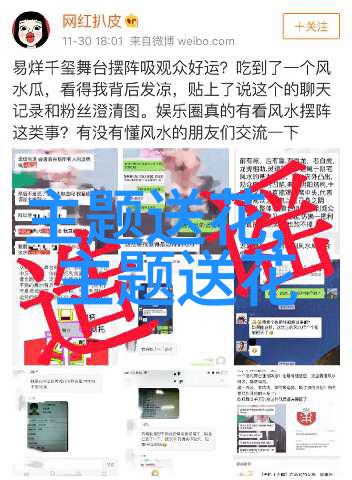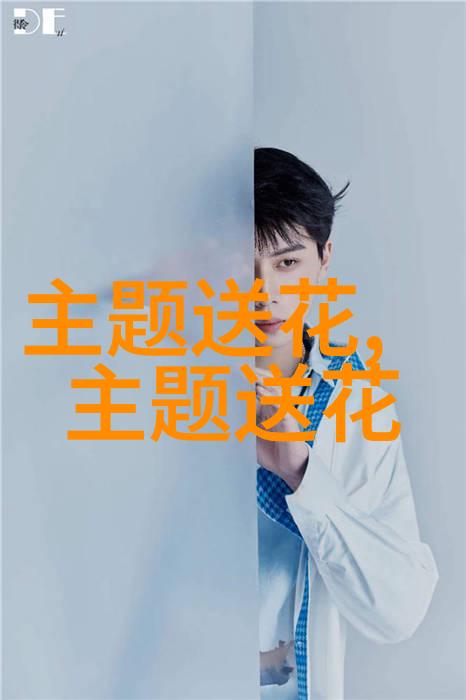
探究花卉市场供给链卖花商的进货策略与实践研究
引言

在现代商业环境中,卖花行业作为一种传统而又有趣的经济活动,不仅能够为消费者带来美好的生活体验,而且也为社会提供了大量就业机会。然而,为了保证销售的持续性和质量,卖花商需要不断寻找优质且经济实惠的原材料,即鲜花。因此,对于卖花商来说,选择合适的地方进行进货是至关重要的一环。本文旨在探讨卖花在哪里进货的问题,并分析其背后的市场机制。
花卉市场供给链概述

首先,我们需要对植物商品流通系统有一个基本了解。从生产到消费,每一环节都扮演着不可或缺的角色。在这个过程中,供应链包括种植、采摘、运输、分销和零售等阶段。对于卖家而言,他们通常位于最终消费者之前,这意味着他们必须通过各种渠道获取所需产品,以满足日益增长的市场需求。
卖家进货模式及其特点

sells flowers to customers, they must first obtain the necessary raw materials - fresh flowers. There are several ways for sellers to acquire these products, including buying from wholesalers, attending auctions, or growing their own flowers.
选购原料源地之初步探索

The choice of sourcing location is a critical decision for flower sellers as it directly affects the quality and cost of the final product. Factors such as climate, soil type, and pest control can all impact the health and appearance of the plants being sold.
市场调研与成本分析

Before making any purchases, flower sellers typically conduct market research to determine which sources offer the best combination of price and quality for their needs.
分析不同类型买家的采购行为
Different types of buyers have different purchasing behaviors that can influence where they choose to buy their flowers from.
进一步讨论各类购买渠道与策略
Sellers may also consider alternative channels such as online marketplaces or local farmers' markets when looking for new sources of supply.
8 结论
In conclusion, selling flowers involves more than just placing them in a vase; it requires careful planning and execution at every stage from production to sale.
This includes selecting reliable suppliers who can provide high-quality products at competitive prices.
By understanding these factors,
flower sellers can make informed decisions about where they source their inventory,
ultimately leading to increased customer satisfaction,
higher profit margins,
and success in this vibrant industry.



